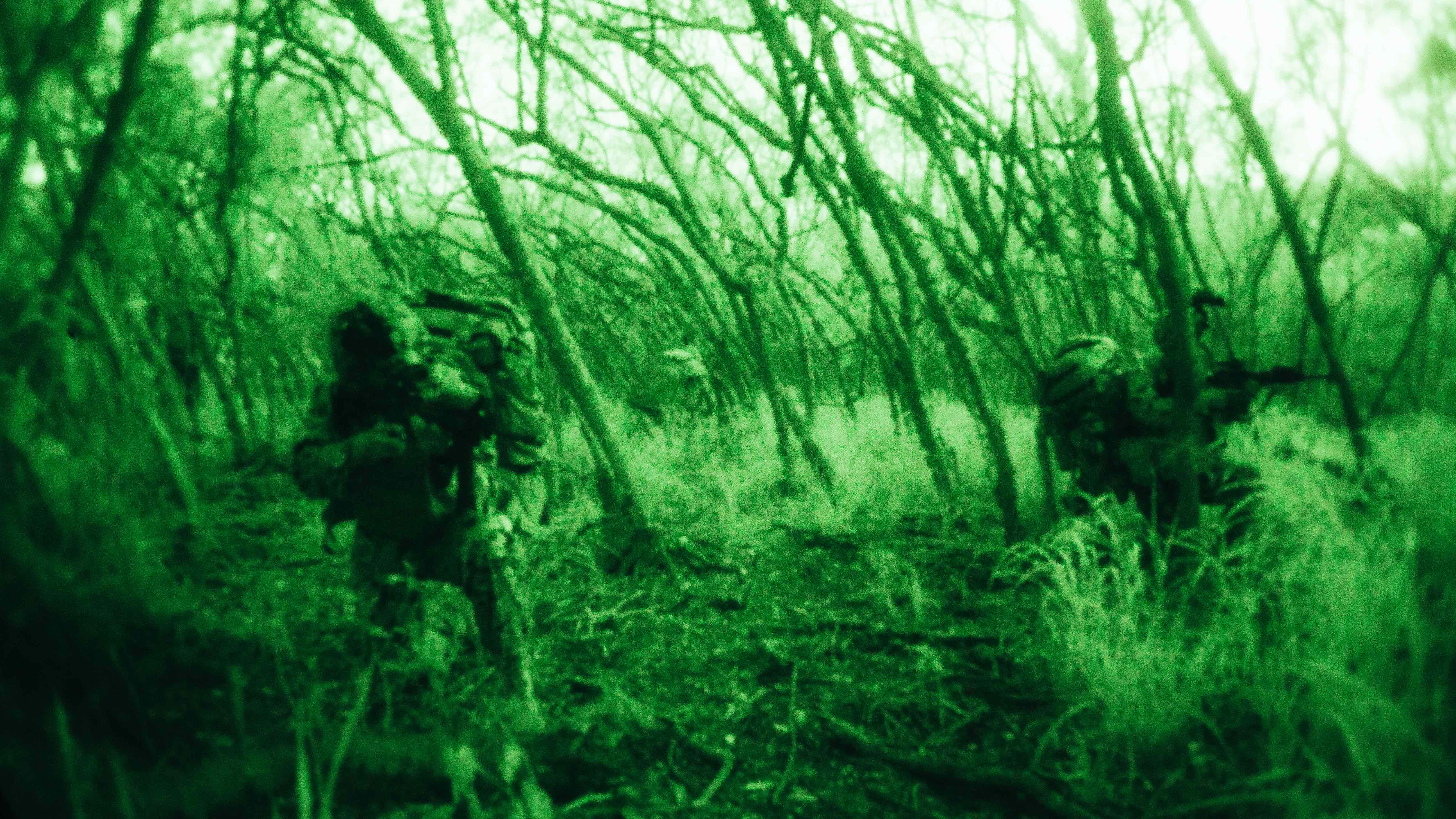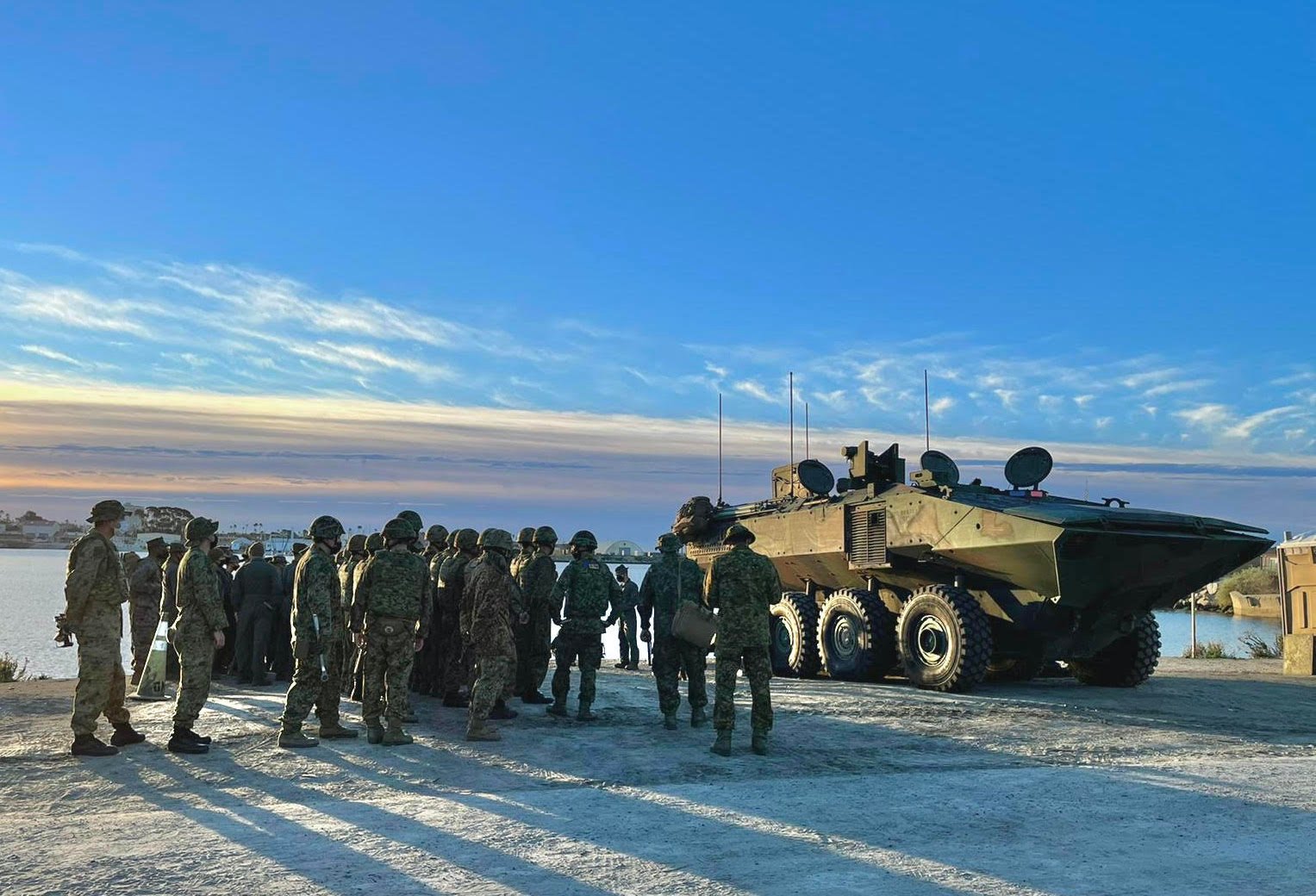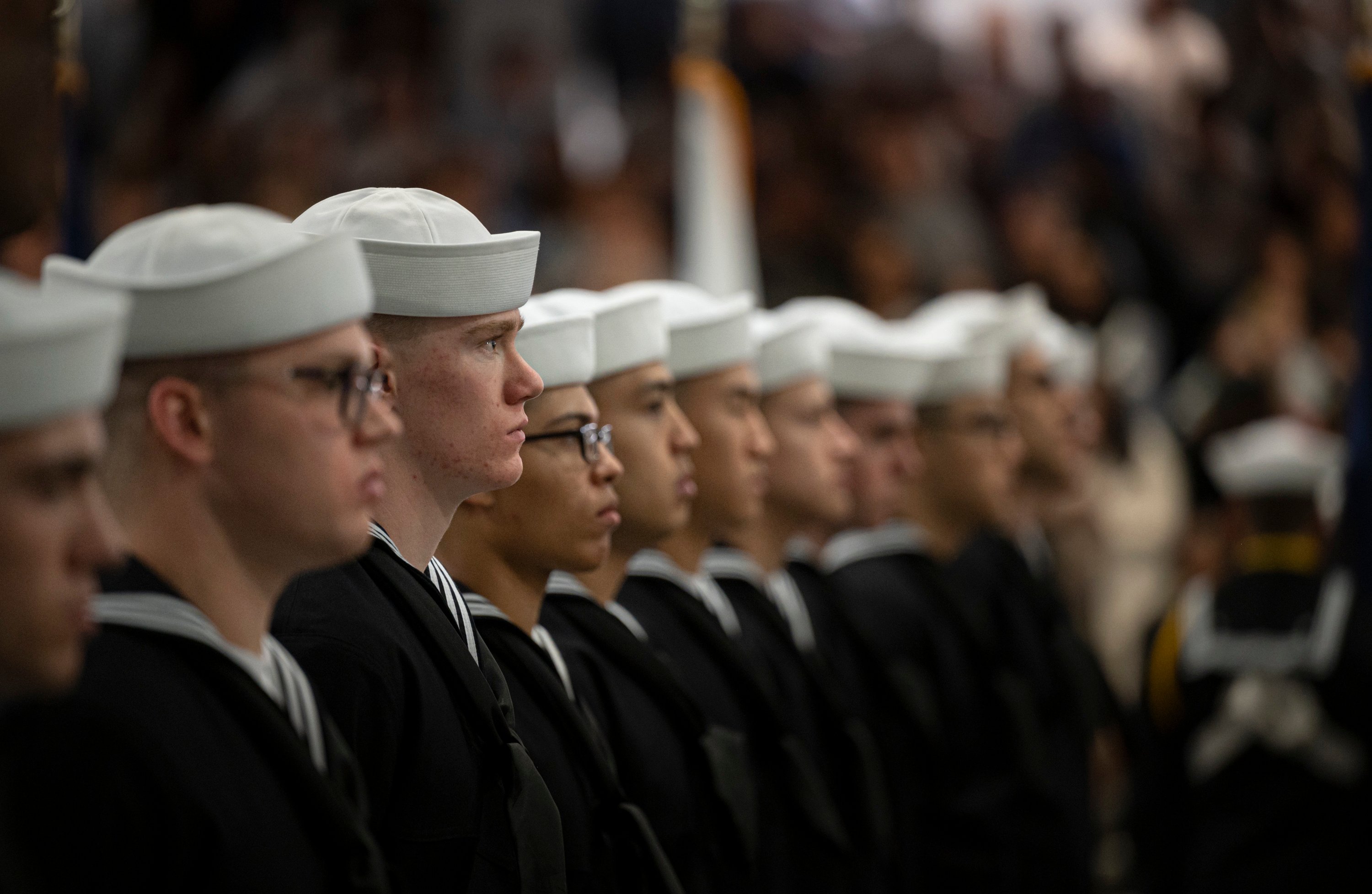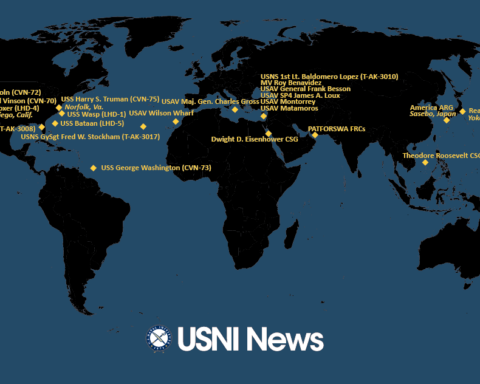
This story has been updated to correct comments made by Gen. Eric Smith.
The United States will not be moving its military presence from the Western Pacific any time soon due to Beijing’s “continued bad behavior” toward Taiwan and its bullying of immediate neighbors like Japan and South China Sea nations, the Marine Corps second in command said on Monday.
America needs to be able to “get to the fight” in the vast Indo-Pacific, access provided by already present stand-in forces, Gen. Eric Smith said during remarks at the Center for Strategic and International Studies and co-hosted by the Naval Institute. The Marine Corps and other services are also reviewing logistics chains to overcome those distances in a Western Pacific potential conflict.
Marines have reduced units’ signatures, making them more difficult to find while also increasing their lethality with High Mobility Artillery Rocket Systems [HIMARS], adding advanced anti-ship missiles with 100-mile plus ranges and loitering munitions, similar to Switchblade now used in Ukraine, Smith said, citing the updated Force Design 2030 guidance.
“What’s different today [with the Marine Littoral Regiments vs the past] is the threat,” Smith said. “That unit must be organized to fight tomorrow. …You can’t wait until it is full baked” to determine what might be needed in organization, equipment and training.
He said the Marines are taking back valuable lessons from its exercises in Luzon, Philippines, that can be adopted in the future as the organizing concept spreads across the force.
The process of what’s needed and size of units begins with a concept that is then wargamed and experimented with in the field, Smith said. The feedback loop leads to necessary changes like recognizing the projected size of an infantry battalion of 730 was too small but 810 would work. That sized battalion also would also require added transport and artillery.
“[Littoral regiments] have to be able to fire and move,” Smith said in combat today. The six- or seven-minute window to escape with towed artillery no longer exists. Loitering munitions, like Organic Precision Fires – Infantry and Organic Precision Fires – Mounted, have been successfully field tested and now “it’s how much we can procure” in future budgets, Smith said.
“If you’re static, you’re not going to do too well.”
He added the Marines also have just tested Israel’s Iron Dome air defense system as part of its upgrading cruise missile and manned and unmanned air defenses.
The Marines now have an “airborne quarterback,” capable of sensing what’s out there and pass that intelligence “to the best qualified shooter” for quick action even when space communications have been disrupted thanks to the ability to better “see” threats using MQ-9A unmanned aerial system, he said. Another advantage the medium- to high-altitude, long endurance hunter-killer drone has is cataloguing information to precisely identify threats and target.
“I’m able to pass that data … to everyone.” Smith said. This was successfully tested with the Army’s Future Command field experiment of its Project Convergence, the Army’s testing way to achieve Joint All-Domain Command and Control [JADC2].

As for Marine possessing armor units, Smith said a large issue comes down to weight. With advanced protective systems used by the Army its M1-A2 tanks, the vehicles’ weight is 74 tons, making it extremely difficult to move from ship to shore. He noted that if Marines needed armor the Joint Task Force commander could order the Army to send them over as was his experience in Iraq.
The Navy and Marine Corps agree that naval services require 31 amphibious vessels, 10 large deck, Smith said. When asked about an amphibious readiness group not being able to answer a request from European Command to respond in wake of the invasion of Ukraine, Smith said the Marine Expeditionary Unit was ready to deploy early. The ship was not.
“The readiness of our vessels is a challenge,” with many of the nearing the end of their service life, he said.





